Mr Bokashi’s blog
Mr Bokashi’s blog
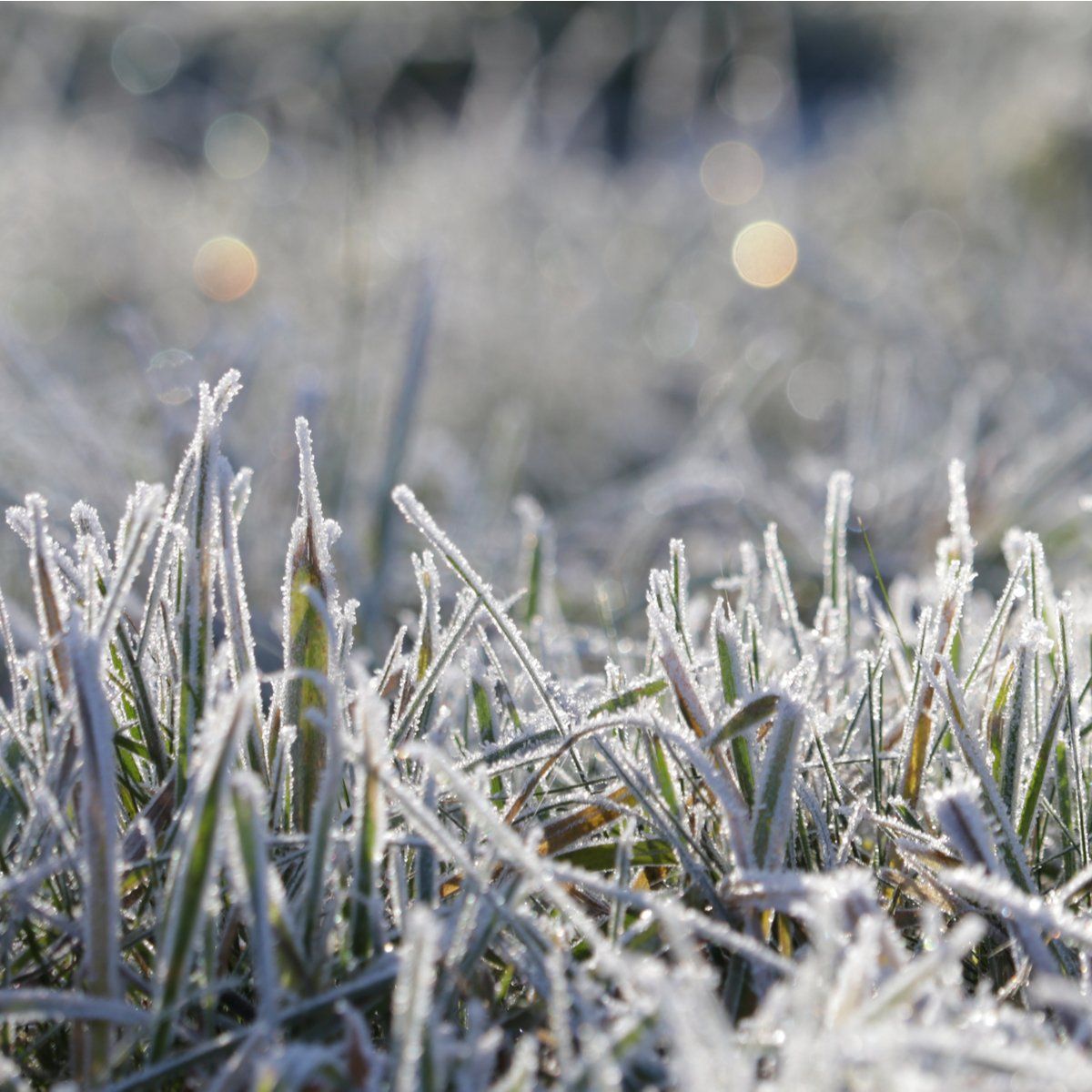
By Mr Bokashi
•
June 1, 2022
Winter is an important time in the gardening calendar, as what you do during this time can dictate how your garden performs in the next growing season. One of the more important principals of regenerative gardening is to ‘keep the ground covered ‘ while the second principal is to 'keep roots in the ground.’ We are probably too late to get roots in the ground at this time, however, let's briefly cover this point. 'Keep roots in the ground' The most effective way to achieve this is by green or cover cropping. This is simply a matter of growing a green manure crop in any bare soil. These should have been sown out in April or May at the latest. The most common green crop is either lupins or mustard. I prefer to use rye corn because it produces dense and bulky roots, in addition to a good amount of green leaf. The many advantages of green manuring are: The ground is covered and protected against wind, rain, and sun. Weed growth is inhibited or limited. The green manure's plant roots loosen and aerate the soil. The plant roots foster both humus growth and the soil crumb structure Plant roots provide an important food source for soil bacteria and other soil-living organisms. Any green manure crops should be cut down before flowering and while the stalks are still soft. Often, we forget about our garden until after we have removed our final summer and autumn harvest. Consequently, we have overlooked the need to ‘keep roots in the ground’ and thus have to revert to the second best method.
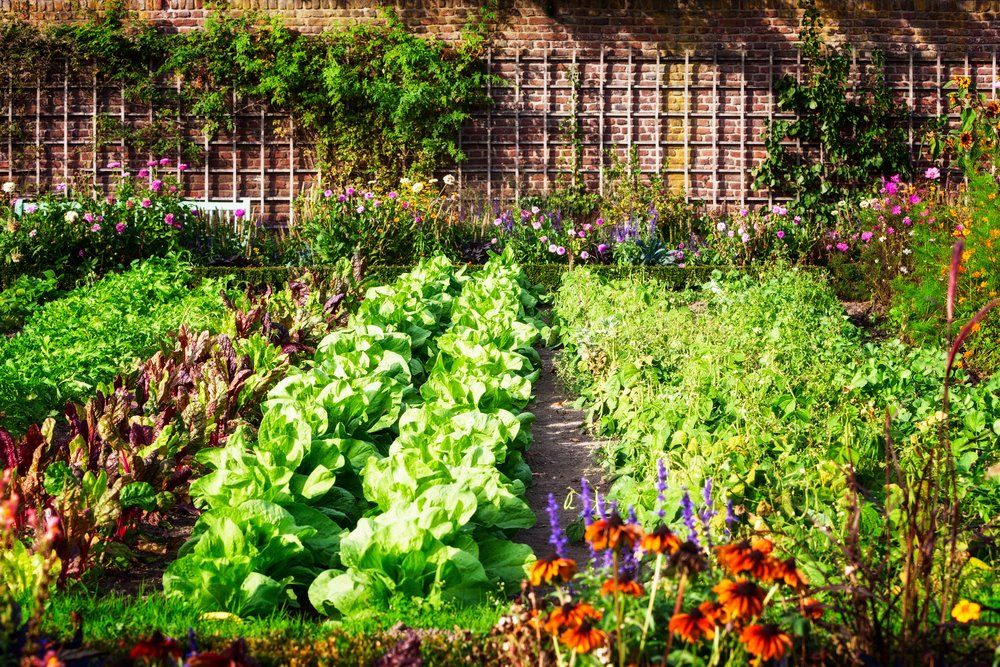
By Mr Bokashi
•
December 1, 2021
We are moving into summer, and I trust your garden is thriving. However, summer also means increasing temperatures and less rainfall which can lead to issues in the garden. The main issue is soil moisture loss which must be replaced by irrigation or watering. Water your garden either early in the morning or in the evening when temperatures are not so harsh. Watering in the heat of the day can cause leaf damage plus loss of water from evaporation. To reduce evaporation, you can also mulch around plants using good quality compost or pea straw. It’s best to ‘deep water’ once or twice a week rather than a little every day. Deep watering encourages plant roots to grow more deeply so they are better able to survive the ravages of summer heat. Increasing temperatures and regular watering creates a nice environment within the plant foliage, which provides ideal conditions for plant disease and insect infestations.
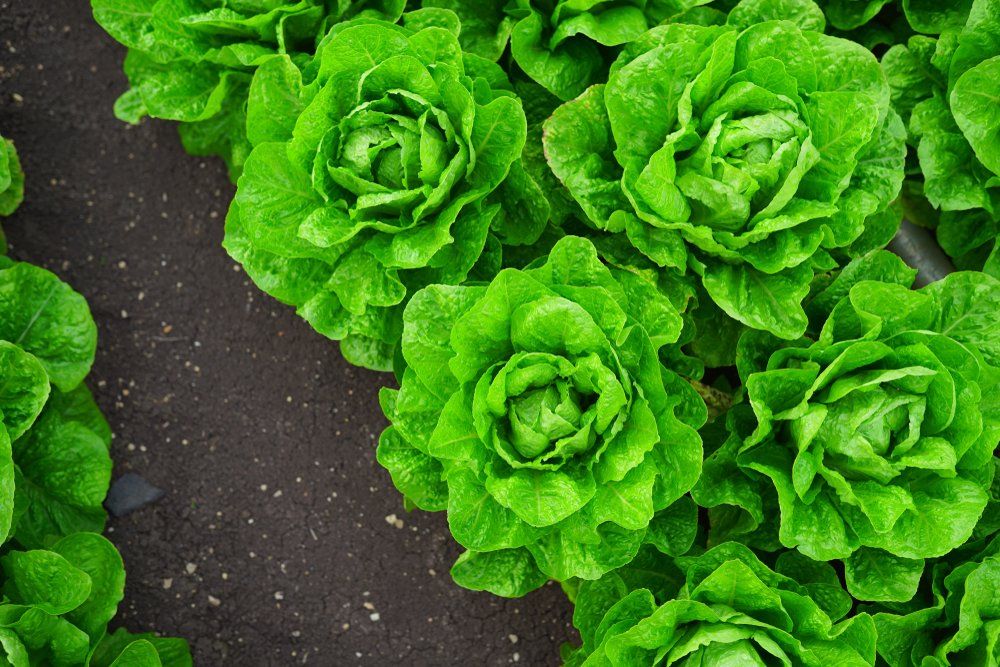
By Mr Bokashi
•
November 1, 2021
I am sure that every gardener has experienced the unpleasant taste of bitter lettuce leaves during their gardening journey. Lettuce is one of the easiest plants to grow, however it also tends to change from sweet and juicy to bitter quickly. So, how can we prevent this and grow fresh tasty lettuce for our summer salads? Interestingly, lettuces are cool climate plants although we tend to grow them during the warmer months of the years. Heat is the first culprit when it comes to bitterness as temperature change causes the lettuce to want to start to seed which is characterised by a plant with hard inner leaves. To avoid heat stress plant your lettuces in a semi-shaded spot in your garden. If you live in a hotter area of New Zealand, you may wish to consider planting your lettuces in the cooler months of the year such as spring or autumn and avoid mid-summer.
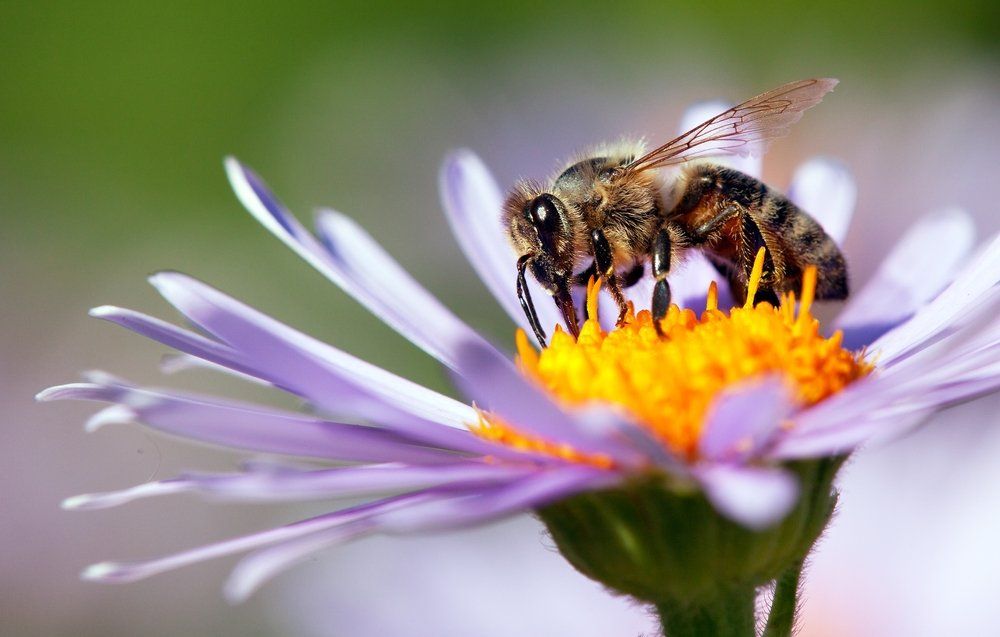
By Mr Bokashi
•
October 1, 2021
Last month was Bee Aware Month 2021 so I thought it was the perfect opportunity to discuss how we can supply bees with an ongoing supply of pollen and nectar throughout the year by planting bee-friendly trees and plants in our gardens. Bees are incredible insects; however, they are under threat all over the world. Bees and other insects play a vital role by helping to pollinate our food. When bees forage for nectar and pollen they pollinate each flower that they visit which increases crop yield. Without bees many food crops that need pollination by insects could not be grown on a scale large enough to feed us. How then can you help these important insects to thrive? Simply plant something to create a bee friendly paradise in your garden. The easiest thing to grow are herbs. They do well in small pots with a bit of sun. Try something you can use in cooking such as basil, borage, rosemary, or thyme or any other herb of your choice. Just remember to let some flower as you want to attract bees to your herb garden. Anything that flowers will be perfect for all sorts of pollination. Try to have a couple of the plants flowering in your garden all year – rosemary is particularly good as it flowers for longer periods of the year when other herbs remain dormant. Add a little Earth Zing to the soil before planting your herbs to give them the best start.
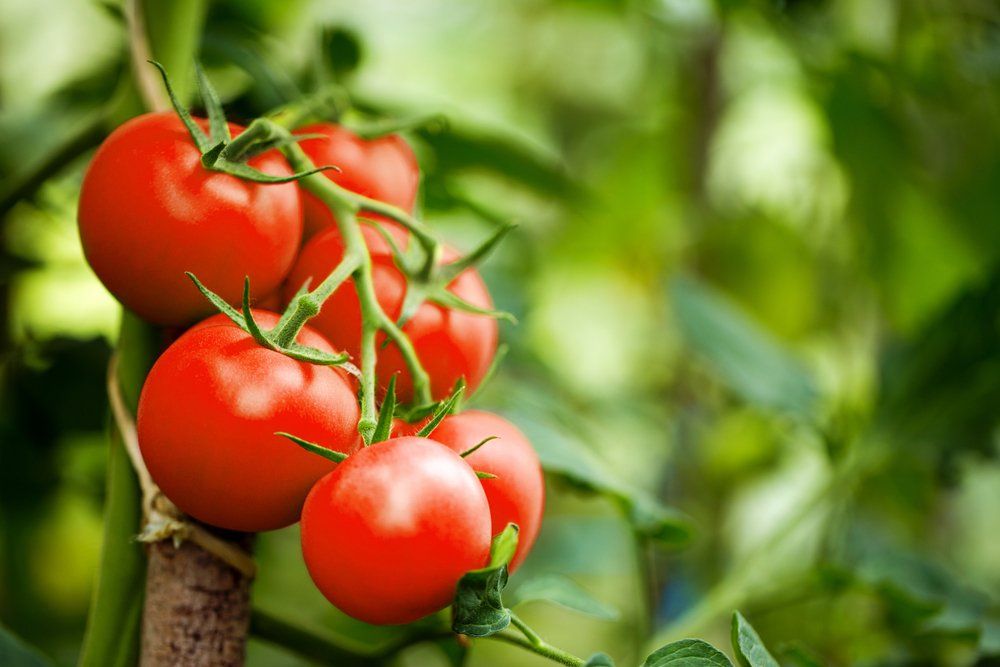
By Mr Bokashi
•
September 1, 2021
Tomatoes are one of the most popular vegetables to grow and nothing beats eating fresh juicy tomatoes straight from your own garden. Growing tomatoes takes a bit of effort but the rewards of biting into a delicious home-grown tomato that’s full of flavour and vitamins are well worth it. First steps To create the best quality tomatoes, you need good, healthy, fertile soil as the nutrients from the soil will fuel the growth of your tomato crop. Add good quality compost to your growing area to ensure your tomatoes have the best start to life. The compost created from your Zing Bokashi composting kit provides plenty of nutrients. As a guide, use one bucket for every two tomato plants. Four to six plants will yield a good harvest for you and your family. I prepared a spot for my tomatoes a little while ago and have already planted my first plants. Now is a great time to get planting, whether you are planting outdoors or in a glasshouse. If you haven't a glasshouse, then site selection becomes important. Tomatoes love a warm and sunny spot and well sheltered from prevailing winds.
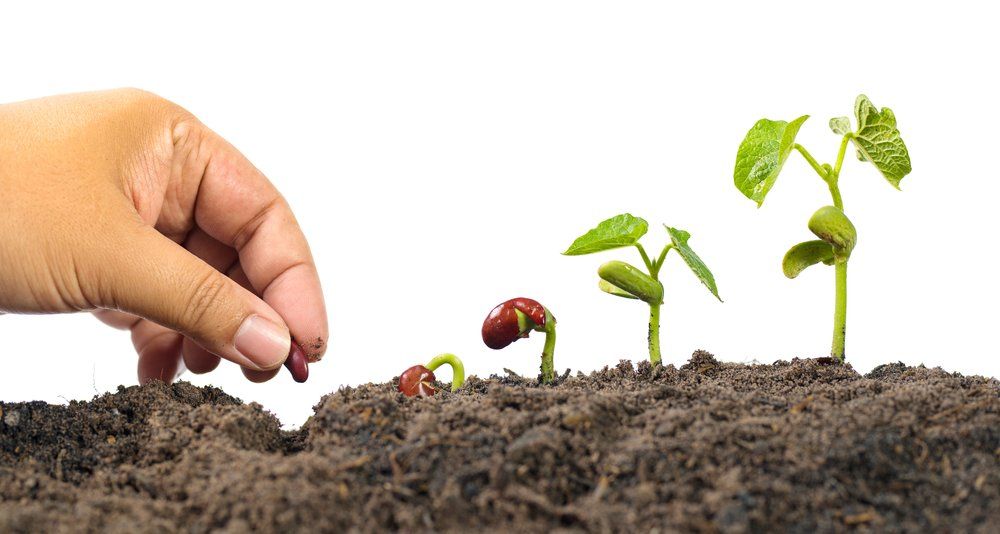
By Mr Bokashi
•
August 1, 2021
The days are growing longer and we’re experiencing warmer afternoons which means that spring is just around the corner. The arrival of spring means a new and fresh start to a new growing season for all avid and budding gardeners. In this blog, we’ll look at a few simple jobs we can do to give us a flying start on our spring gardens and how to get started on planting your potatoes, so you have lovely new potatoes ready to harvest for Christmas Day. Prepare your soil By now you should have turned in any green manure crops back into the soil. However, if you haven’t done this you can do it over the next few weeks. Due to the recent wet weather, I have delayed this chore because of overly wet soil. If your soil is still very wet, holding off won’t cause any issues as generally your soil will also be cold. The soil needs to be warm and free draining to break down the organic matter in the green cover or manure crop. It’s also time to boost the nutrients in your soil. I recommend sprinkling some agricultural lime and or Earth Zing over your soil. Add these products just prior to digging over the soil. Even if you had bare soil over winter, it’s still fine to add these products. Don’t add any other fertilizers or plant foods at the same time and take care not to spread any lime where you will plant your potatoes as this can lead to a skin defect called scab.
